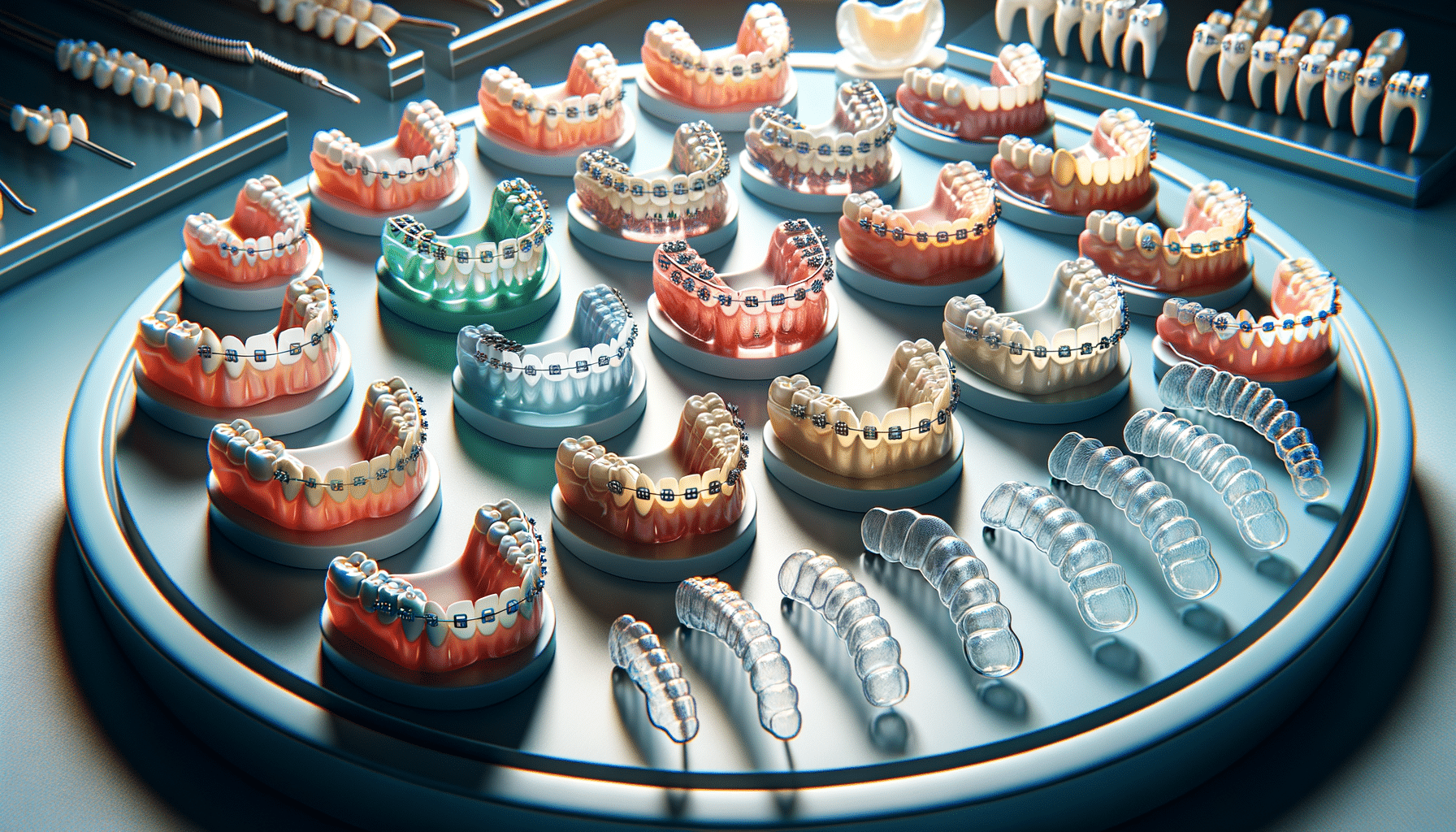Exploring Braces: A Comprehensive Guide to Orthodontic Solutions
Braces are a transformative solution for achieving a healthier and more aesthetically pleasing smile.

Understanding the Purpose of Braces
Braces are orthodontic devices used to correct misaligned teeth and jaws, improving both function and appearance. They are commonly recommended for individuals with crooked teeth, overbites, underbites, and other dental irregularities. The primary goal of braces is to gradually shift teeth into the desired position, which can significantly enhance oral health. Misaligned teeth can lead to a variety of issues, including difficulty in cleaning, increased risk of cavities and gum disease, and strain on jaw muscles. By aligning the teeth properly, braces can help alleviate these problems, leading to better long-term dental health.
Braces work by applying continuous pressure over a period of time to slowly move teeth in a specific direction. As the teeth move, the bone changes shape to accommodate the new position. This process is carefully monitored by orthodontists to ensure that the teeth are moving correctly and safely. The duration of wearing braces varies depending on the complexity of the case, but it typically ranges from one to three years.
Types of Braces: Exploring Your Options
When considering braces, it’s important to understand the different types available. Each type has its unique features, benefits, and considerations. Here are some common options:
- Metal Braces: These are the traditional braces made of high-grade stainless steel. They are the most common type and are highly effective for severe misalignments.
- Ceramic Braces: Similar to metal braces but made of clear or tooth-colored materials, making them less noticeable.
- Lingual Braces: These are placed behind the teeth, making them invisible from the front. They are custom-made for each patient but can be more challenging to clean.
- Clear Aligners: These are removable trays that are changed every few weeks to gradually move the teeth. They are popular for their aesthetics and comfort.
Each type of braces has its pros and cons, and the choice largely depends on the individual’s orthodontic needs, lifestyle, and budget. Consulting with an orthodontist can help determine the most suitable option.
The Process of Getting Braces
The journey to a perfect smile with braces begins with an initial consultation with an orthodontist. During this appointment, the orthodontist will assess the patient’s dental health and discuss the treatment options. Diagnostic tools such as X-rays, photographs, and dental impressions are often used to create a customized treatment plan.
Once a treatment plan is established, the next step is the placement of braces. This process involves cleaning and drying the teeth, followed by attaching the brackets with a special adhesive. The orthodontist then threads the archwire through the brackets and secures it with elastic bands. This initial appointment can take a few hours, but it is crucial for setting the foundation for successful treatment.
Regular follow-up appointments are essential to monitor progress and make necessary adjustments to the braces. These appointments typically occur every four to six weeks. During these visits, the orthodontist will tighten the wires, replace bands, and ensure that the teeth are moving as planned.
Living with Braces: Tips and Advice
Adjusting to life with braces requires some changes in daily habits. Oral hygiene becomes even more critical, as food particles can easily get trapped in the braces. Here are some tips for maintaining oral health with braces:
- Brush your teeth after every meal using a soft-bristled toothbrush and fluoride toothpaste.
- Use an interdental brush or floss threader to clean between the teeth and around the brackets.
- Avoid sticky, hard, and sugary foods that can damage the braces or increase the risk of cavities.
- Wear a mouthguard during sports activities to protect the braces and teeth from injury.
While braces may cause some discomfort, especially after adjustments, over-the-counter pain relievers can help manage any soreness. It’s also important to communicate any concerns or issues with the orthodontist to ensure a smooth treatment process.
The Benefits of Braces: Beyond Aesthetics
While the aesthetic improvement is often the most noticeable benefit of braces, the advantages extend far beyond a beautiful smile. Properly aligned teeth contribute to better oral health by making it easier to clean the teeth and gums effectively, reducing the risk of cavities and gum disease.
Braces also play a significant role in improving bite function. By correcting overbites, underbites, and crossbites, braces help ensure that the teeth meet correctly, which can alleviate strain on the jaw muscles and prevent issues such as temporomandibular joint disorder (TMJ).
Moreover, a well-aligned smile can boost self-confidence and improve social interactions, leading to a positive impact on mental well-being. Many individuals who have undergone orthodontic treatment report feeling more self-assured and comfortable in social situations.